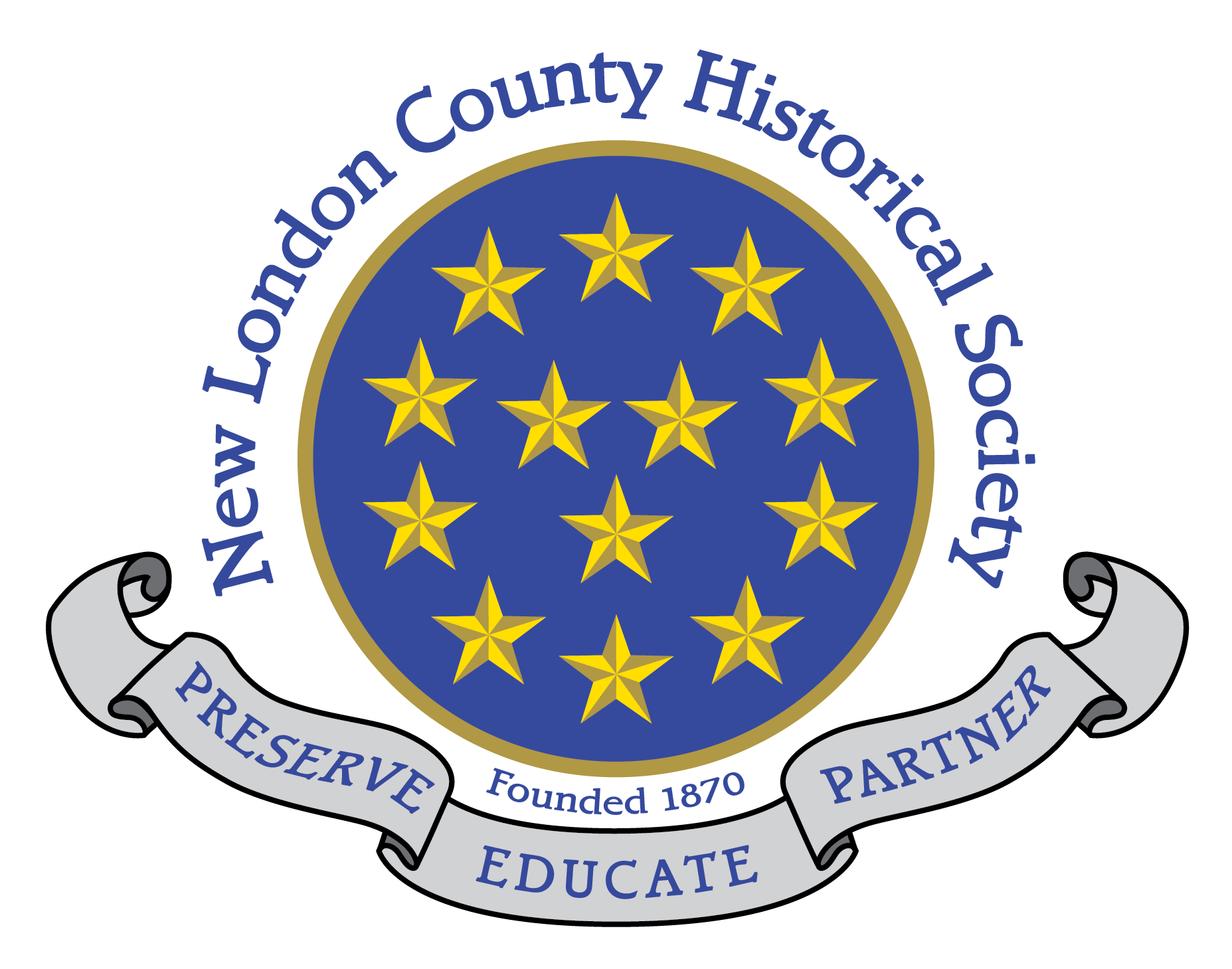[Oct. 1754] Saturd 5 fair. I was about home all day fitting up Cask for Cyder. I Rid out to Crossman Lot to water the Cattle. Thundr & Lightning in the night & a Storm of wind & Rain.
“Thunder and lightning” are fairly common with rain storms in this part of New England all through the summer and into the fall, as they were in Hempstead’s time. What has changed is our perception of them.
Well into the eighteenth century, it was the thunder that was assumed to be the dangerous part of the combination. When you think about an age without our capabilities to measure the transmission of sound and light, this makes sense. If you have ever had a tree or pole near your house struck by lightning, you know that the noise of the thunder accompanying it is impressive—and simultaneous. Looked at objectively, it does appear that the thunder is more important, since no harm came earlier from clearly visible lightning.
In the earlier parts of the diary Hempstead refers a couple of times to damage done by thunder and lightning. When the meetinghouse was struck on August 31, 1735, he records “a Terable Clap of Thunder & Lightning Came Struck ye meeting house in Divers places. . .” By July of 1743 he had changed the order to record “the malocholy News of the Death of 2 Ladds by Lightning & Thunder & the horse. . .” And in June of 1745 he records a thunder and lightning storm and says “the Lightning Struck Mr Stewarts Windmill on Townhill & Shattered the Arms & Shafts & ye Toyle & Stares.”
Hempstead had an inquiring and rather scientific mind, but it is doubtful that he actually thought of lightning as causing damage separately from the thunder. Although he does not use it, the term “thunderbolt” was in common usage well in to the nineteenth century. And we still generally refer to “thunderstorms” even now that we know what part of the storm we really need to worry about.
Being a modern person (even if I haven’t yet mastered Facebook), when indexing the diary I indexed lightning but not thunder. I assumed, of course, that lightning had struck the meetinghouse, rather than the “Terable Clap of Thunder. . .” that Hempstead and his contemporaries knew had caused the damage and injuries.
Note: The first chapter of Richard Cullen Rath’s book, How Early America Sounded (Cornell University Press, 2003), addresses the perception of thunder in the seventeenth century, along with other noises of the natural soundscape.



